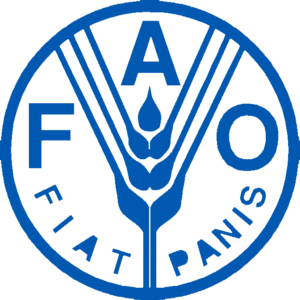 By Tara Ornstein, Contributing Blogger
By Tara Ornstein, Contributing Blogger
The Food and Agriculture Organization of the United Nations (FAO) has documented an urgent need for support to several African countries who are updating their surveillance and contingency plans for avian influenza A (H7N9). H7N9 is a virus that had not previously been seen in either animals or people until it emerged in China in March 2013. As of 28 February 2014, the World Health Organization (WHO) has confirmed 375 cases and 115 deaths. According to the WHO, the disease is worrying because most patients have become severely ill.
Although H7N9 does not appear to transmit easily from person to person and sustained human-to-human transmission has not been reported, the virus can be transmitted from infected animals to humans in live poultry markets. The World Organization for Animal Health has determined that live food markets are reservoirs of infection and has called for veterinary surveillance and diagnostic initiatives to be implemented outside China. Unfortunately, live food markets do not generate sufficient funds to institute and maintain effective infection control measures against influenza and other zoonotic diseases. To mitigate the risk posed by H7N9, the FAO and the African Union’s Interaction Bureau for Animal Resources are assisting countries that have significant trade with China, a high density of poultry, and a history of H5N1 infection to update their surveillance and contingency response plans for H7N9.
However, until more funding is received, the FAO has advised these countries to use their own resources to conduct a H7N9 risk analysis, identify possible points of entry for the virus, mitigate the threat posed by live-bird markets, and strengthen their laboratory capacity, among other recommendations. Poor countries, however, may not have the funds to redirect towards H7N9 prevention and response. According to Secretary of State John Kerry and Secretary of Health and Human Services Kathleen Sebelius, 80 percent of the world’s nations are not prepared to deal with new pandemics.
In response to the need for strengthened surveillance, disease prevention, and outbreak response measures, the US government launched the Global Health Security Agenda last February and will spend US$40 million in 2014, with an additional US$45 million pledged for 2015. Through this initiative, the US government will assist in the creation of emergency operations centers in Kenya, Ethiopia, and Tanzania, among other countries.
This is not the first time the international community has tried to bolster its global health defense system. In 2005, 194 countries agreed to abide by the WHO’s International Health Regulations (IHR), which required signatories to improve their capacity to prevent, detect, report, and respond to new diseases such as H7N9. Unfortunately, 84 percent failed to meet the IHR requirement of bolstering their surveillance systems by June 2012. Key challenges included a lack of trained personnel, laboratory, and scientific capacity. Time will tell if the Global Security Agenda will be more successful in overcoming these challenges, but, in the meantime, countries in the African region need more funding to strengthen their surveillance and response to H7N9 and other emerging diseases—and they need it now.
